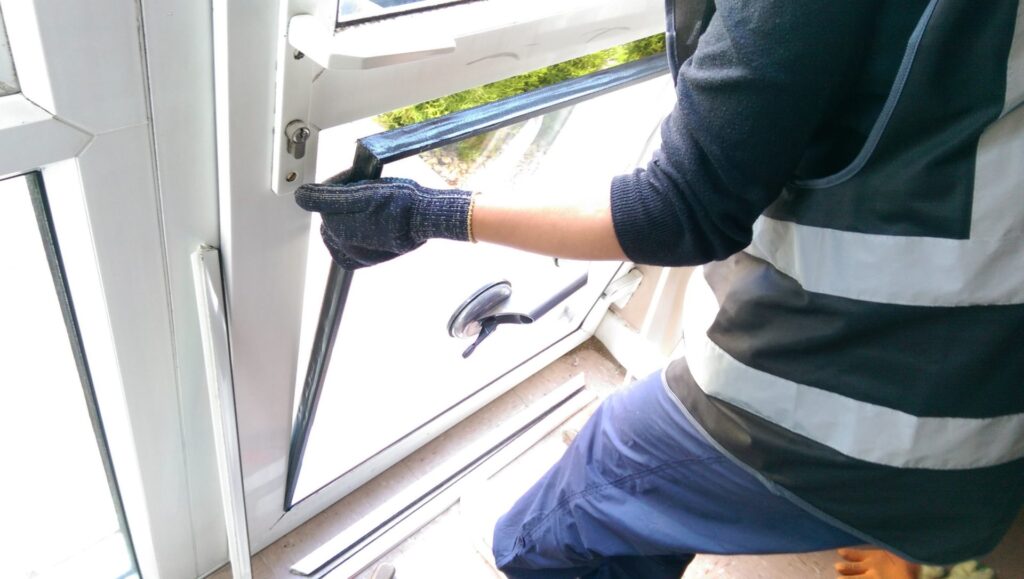The 10 Scariest Things About Residential Window Repair

Residential Window Repair: A Comprehensive Guide
Windows are an important part of any home, providing light, ventilation, and a view of the outdoors world. However, like any other element of a house, windows can become harmed over time, necessitating repairs to maintain their performance and looks. This article aims to offer property owners with an extensive understanding of residential window repair, covering common problems, repair techniques, and preventive steps.
Typical Window Problems
Before diving into repair approaches, it’s important to recognize a few of the most typical window problems that house owners may encounter:
- Drafts and Air Leaks: Windows can establish spaces due to weakening seals, permitting cold air to go into and warm air to escape.
- Broken Glass: Impact from debris or weather condition phenomena can cause split or shattered glass panes.
- Decomposing Frames: Wooden window frames can suffer from rot due to prolonged direct exposure to wetness.
- Misalignment: Windows might end up being misaligned with time, making them tough to open or close appropriately.
- Foggy or Cloudy Glass: This issue typically occurs in double-paned windows when the seal fails, resulting in condensation between the panes.
| Issue | Description | Possible Solution |
|---|---|---|
| Drafts and Air Leaks | Air enters/escapes through gaps | Reseal or caulk windows |
| Broken Glass | Cracked or shattered panes | Change the glass |
| Decaying Frames | Decay due to moisture | Replace or repair the frame |
| Misalignment | Window doesn’t open/close properly | Straighten or replace the window hardware |
| Foggy Glass | Condensation in between panes | Replace the insulated glass unit (IGU) |
Repairing Common Window Issues
1. Sealing Drafts and Air Leaks
To address drafts, homeowners can follow these actions:
- Inspection: Check for gaps around the window frame.
- Sealant Application: Use premium caulk to fill gaps and fractures. Ensure the surface area is tidy and dry before application.
- Weatherstripping: Apply weatherstripping to the movable parts of the window to decrease air leaks.
2. Replacing Broken Glass
Broken glass ought to be changed as soon as possible to prevent injury and additional damage. Steps include:
- Remove the Broken Glass: Use gloves for safety. Thoroughly get rid of any broken shards from the frame.
- Step and Cut New Glass: Measure the opening accurately and have a new pane cut to size.
- Install New Glass: Set the new glass pane into the frame utilizing glazing putty or silicone adhesive for a protected fit.
3. Repairing or Replacing Rotting Frames
Wooden frames with rot can jeopardize the window’s structural integrity. While minor decomposing can be repaired, serious decay needs replacement:
- Assess the Damage: Identify just how much of the frame needs repair or replacement.
- Usage Epoxy: For small damage, apply a wood epoxy to bring back the frame.
- Replacement: For substantial damage, remove the decomposing frame sections and set up new wood or think about replacing the whole window.
4. Realigning Misaligned Windows
Windows that are misaligned can frequently be changed:
- Check the Hinges and Tracks: Inspect for damage or wear on the hinges or tracks.
- Change the Hardware: Tighten or rearrange screws on hinges or change the window tracks to realign.
- Evaluate the Window: Open and close the window to ensure smooth operation.
5. Repairing Foggy Glass
Foggy windows typically show a failed seal in double-pane windows, needing replacement:
- Identify the Issue: Confirm that the fogging is due to a seal failure.
- Replace the IGU: Consult a professional for the replacement of the insulated glass system.
Preventive Measures for Window Maintenance
Avoidance is always more workable than repair. Property owners can take several proactive steps to minimize window damage:
- Regular Inspections: Conduct seasonal look for indications of wear or damage.
- Tidy Frames and Glass: Keep frames devoid of dirt, debris, and moisture, which can degrade materials.
- Repaint Wooden Frames: Apply a fresh coat of paint or sealant every couple of years to safeguard wooden frames from rot.
- Screen Weatherstripping: Regularly check and replace weatherstripping as required to keep energy performance.
- Address Leaks Promptly: Tackle minor leaks and issues immediately to avoid more significant issues down the line.
Regularly Asked Questions
1. Can I repair my windows myself?
Yes, numerous common window repairs can be performed by homeowners with standard tools and a little perseverance. However, complex repairs, especially those involving glass replacement or structural concerns, should be left to professionals.
2. When should I replace my windows rather of fixing them?
If windows are persistently drafty, foggy, or structurally damaged, it might be more affordable to change them. Furthermore, windows that are over 15-20 years old may benefit from an upgrade to more energy-efficient designs.
3. How can I enhance my window’s energy performance?
Think about adding storm windows, applying window film, or installing energy-efficient blinds and tones. Regular maintenance, like resealing and weatherstripping, can also boost energy performance.
4. Exist different kinds of caulk for window repairs?
Yes, there are various kinds of caulk readily available, including silicone, latex, and polyurethane. Pick a waterproof, versatile caulk for lasting sealing in exterior applications.

5. How typically should I examine my windows?
It is suggested to check your windows a minimum of two times a year, ideally in the spring and fall, to catch any prospective issues before they end up being more severe.
Residential window repair is not just vital for keeping a home’s visual and performance but also plays an important function in energy efficiency and expense savings. By familiarizing themselves with common window issues, proper repair techniques, and preventive procedures, house owners can guarantee the durability of their windows. Whether tackling minor repairs or seeking professional help, proactive window maintenance is essential to a comfortable and effective home environment.

